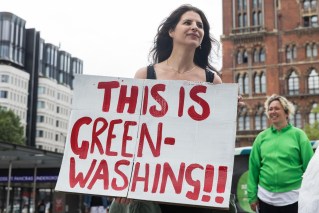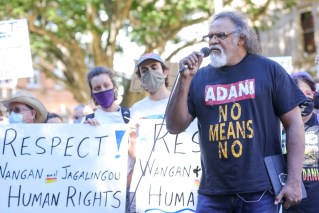Chalmers warns of rough economic weather ahead as cost of disasters begins to mount
Storms and heavy flooding could have severe consequences for the economy despite inflation levels trending downwards, Treasurer Jim Chalmers has warned.

Essential supplies for the stranded community of Doomadgee landed from Cairns with heavy rain continuing to fall over saturated north-west Queensland. (Image: QFES)
Communities in far north Queensland and the state’s southeast have been battered by severe rain, while residents in Victoria, South Australia and NSW have also been impacted by storm activity.
Dr Chalmers said the storms would affect the budget bottom line, but it may be some time before the full impacts are known.
“The human consequences of this heavy weather are what matters most, but there will be consequences for our economy and for our budget as well,” he told reporters in Brisbane on Monday.
“We will get a clearer picture of the economic and budget consequences of these natural disasters in the coming months.”
While inflation levels are below the peak of more than seven per cent at the end of 2022, the treasurer said figures were still expected to be volatile in the earlier parts of 2024.
Data will come out on Wednesday for monthly inflation levels for November.
“Inflation has come off substantially since its quarterly peak before the 2022 election and since its annual peak around this time last year,” Dr Chalmers said.
“We have been making some encouraging progress overall, but that progress isn’t always in a straight line … over time we can get the zigs and zags as we saw in the global situation.”
The last round of monthly inflation data for October put inflation at 4.9 per cent.
It comes as new government data released on Monday revealed wages have increased at their fastest rate since 2009.
Treasury figures showed aggregate wages grew by four per cent in the year to September 2023.
Wages in the lowest paid and second-lowest paid categories increased by 6.7 and five per cent respectively during the same period.
“What this shows is we’re getting wages moving again overall in our economy but we are prioritising people on the lowest pay who need the most help,” Dr Chalmers said.
“We’ve seen a couple of quarters now of real wages growth, we want to see more of that … these new numbers show that we’re making welcome and encouraging progress.”
The government said the federally funded pay rise for aged care workers – who received a 15 per cent boost from June 2023 – had contributed to wages growth.
A mid-year federal budget update released in December forecast wage growth to move ahead of inflation by early 2024.












